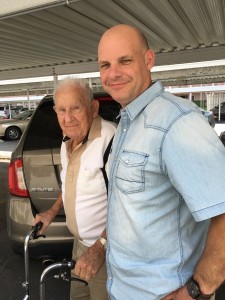
This picture of my 91 year old Dad and his grandson was taken a little over a week ago. We had just enjoyed a great brunch and visit. The next day he went to the Hard Rock casino for some fun and enjoyed a delicious dinner. By Wednesday AM he was experiencing shortness of breath and spitting up blood. His wife called 911 and he was placed on a ventilator upon arriving at the Emergency Room.
The emergency room did reach out to his wife for consent, however she didn’t understand what type of tube they were talking about and just said “yes, do what needs to be done”.
The last few days have been like riding a roller coaster of emotions. I’m sharing this story to help others avoid this situation. I have felt great sadness these last few days and believe my Dad has experienced suffering. My Dad passed away on Sunday afternoon.
After my Dad was placed on the ventilator in the Emergency Room he was moved to the Intensive Care Unit. There is nothing that quite prepares you for seeing someone you love on a ventilator. A million thoughts go through your mind and you can’t help but think about how uncomfortable it must be and that you never want to be in this situation. Imagining any of the sensations of what a tube down your throat may feel like immediately brings gagging and nausea to my mind.
I do not feel comfortable sharing a picture of him lying in the Intensive Care Unit, with a ventilator next to him, several tubes down his throat and many IV’s connected to him along with a port in his chest to receive medications. I choose to remember how relaxed and happy he was on Sunday and hope you can capture those feelings with this image of him.
While the health care providers provided constant reassurance my Dad was not feeling a thing and had no pain it did not make me feel any better about the situation. The sadness of losing your Dad is painful and it is even a greater sadness to see the tube inside his mouth and down his throat, forcing him to breath. It looked like it enlarged his neck, and the position of his neck and head looked awkward, unnatural and uncomfortable.
My Dad remained fairly stable the rest of Wednesday and Thursday. On Thursday he had a few seconds of his eyes opening from time to time and we would try to reassure him about what was happening. It was impossible to tell if he could hear us or understood what we were saying. He was receiving a continuous drip of Propofol, a sedation medication. If you have ever had a colonoscopy, you more than likely were given Propofol. It did bring me some relief to have that comparison as I have had a colonoscopy and do not remember anything of the procedure. However, I also do not remember if anyone was speaking to me and if they were, what they may have been saying.
Thursday the health care providers collected more information regarding my Dad’s medical history, medications, etc.… and continued to run a variety of tests. One of the problems we struggled with was gathering his medical information. Shortly after he got remarried he changed all of his physicians to the nearby Veterans Hospital. My Dad nor his wife maintained his medical records and the hospital reported they have found it near impossible to access or obtain medical records from the VA Hospital. We often remind our clients it is their responsibility to maintain their health care records and encourage them to maintain all of their records. Please take this suggestion and get your medical records organized today.
On Friday my Dad had a bronchoscopy and the physician reported they would attempt to start weaning him off of the ventilator to see if he could return to breathing on his own. The doctor took a few minutes to explain to us that if they were unable to wean my Dad from the ventilator the next step would be to remove the tubes in his mouth and to do a tracheotomy. Tracheostomy (tray-key-OS-tuh-me) is a surgically created hole through the front of your neck and into your windpipe (trachea) allowing for the long-term use of a ventilator to help you breathe. The term for the surgical procedure to create this opening is tracheotomy.
Please know, there is a good chance that my Dad could have avoided all of this if his wife would have presented his Living Will to the ambulance as well as if she would have refused the ventilator.
We are fortunate in our area to have our Emergency Medical Services (EMS) recognize the “Vial of Life.” You can alert EMS to find your health care documents, Designation of Health Care Surrogate, Living Will, Do Not Resuscitate form, list of medications, emergency contacts, etc.… by placing an “orange colored sticker” on your front door or on your refrigerator/freezer in your home. This sticker informs them to look in your refrigerator/freezer for your documents. I typically recommend keeping them in a Ziploc style bag so they can easily be sighted.
When I ask the health care provider what would have prevented them from placing my Dad on a ventilator the provision of the Living Will was the first thing they mentioned along with alerting EMS with the “Vial of Life” sticker. Please take the time right now and check if your EMS recognizes the “Vial of Life” and collect your medical information and execute a Health Care Surrogate Designation as well a Living Will with your wishes.
On Friday afternoon as our family and my father’s wife gathered around him we were able to review what a Do Not Resuscitate Form involved. His wife was shocked to hear from the Doctor that the compressions are done with such force that ribs are typically broken and that there would be a significant amount of damage to my Dad’s body due to his advanced age and health status from CPR. While it was difficult for her she agreed to sign the Do Not Resuscitate form.
On Saturday morning they tried to reduce the amount of his oxygen and the ventilator support, unfortunately it was a short lived experience because his oxygen levels dropped too low and they immediately had to return him to the full strength of the ventilator. When the Doctor arrived to review his status he informed us that the maximum number of days safely on the ventilator was 10 days and if he was still alive he would have to have the tracheostomy. Once he would have that procedure and was stabilized he would need to relocate to a nursing home that was medically able to manage tracheostomy patients. The Doctor reported there was one nursing home in our geographical area that could provide the support needed. He said he doubted my Dad would tolerate the procedure well due to his breathing issues and congestive heart failure.
With a little prodding the Doctor then addressed Comfort Measures Only, defined as: “Comfort Measures Only refers to medical treatment of a dying person where the natural dying process is permitted to occur while assuring maximum comfort. It includes attention to the psychological and spiritual needs of the patient and support for both the dying patient and the patient’s family.”
If his wife was willing to have the ventilator (life-support) removed my Dad would receive comfort measures only. The Doctor predicted my Dad would not breathe well on his own and stated they would administer Morphine and Ativan to make him as comfortable as possible. This was a difficult decision for my Dad’s wife to make, however she ultimately decided it was the right thing to do.
On Sunday morning we gathered at the hospital, around my Dad’s bed, and we each had our final moments with him and then the ventilator was removed. I wasn’t sure what to expect, however thought he would only survive a short period of time. After an hour or so of watching him struggling to breathe and listening to the gurgling of his lungs filling up with fluid you start to panic inside. More medications were administered and after another hour or so he passed away.
A few years ago our 15 year old Labrador “Margo” had a medical emergency. As a family we took her to the Veterinarian, he said there was nothing he could do to help her survive. We all had the opportunity to hold her, and sit with her while the doctor injected medication and with two or three minutes she peacefully died.
I wish it would have been as easy with my Dad as it was with Margo. I understand these are not everyone’s wishes, but I believe it is important for everyone to understand their decisions and the “rest of the story.” Often when we are provided information regarding decisions to make we are only provided partial information or information someone thinks we can handle. It is up to us to ask enough questions to make sure we understand our decisions. There is also new vocabulary to learn, “vent,” “DNR”, “Living Will,” “CMO,” and many more.
While my Dad’s goal was live to 102 years old, the same age his mother passed away – I have no doubt he never knowingly would have wanted to have his last five days as we just experienced.
Did you like this? Share it:

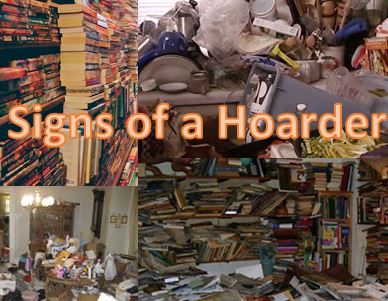


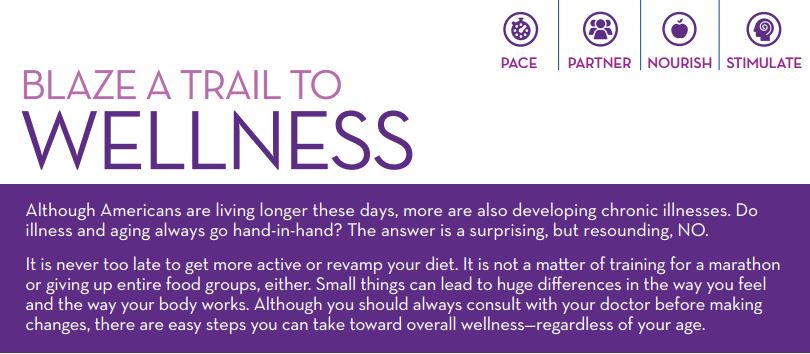

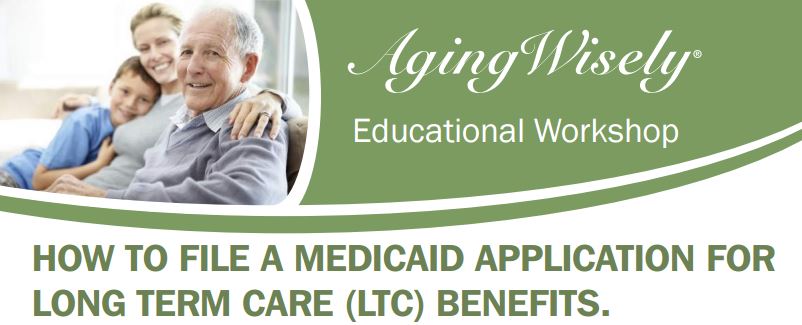
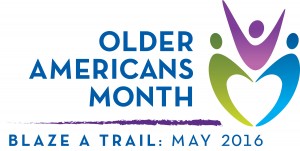

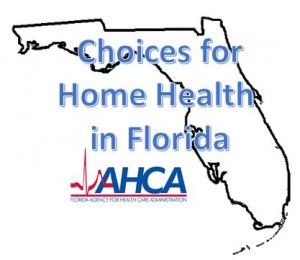
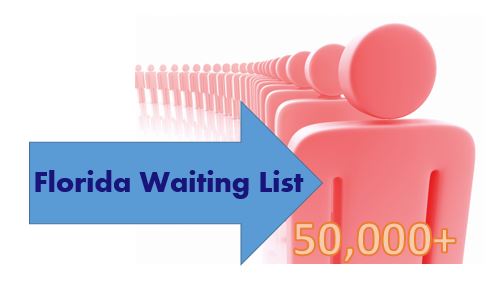
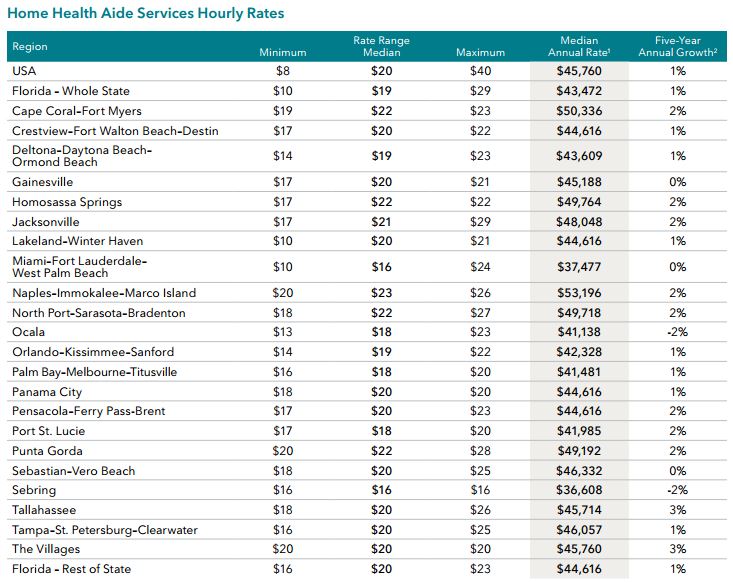
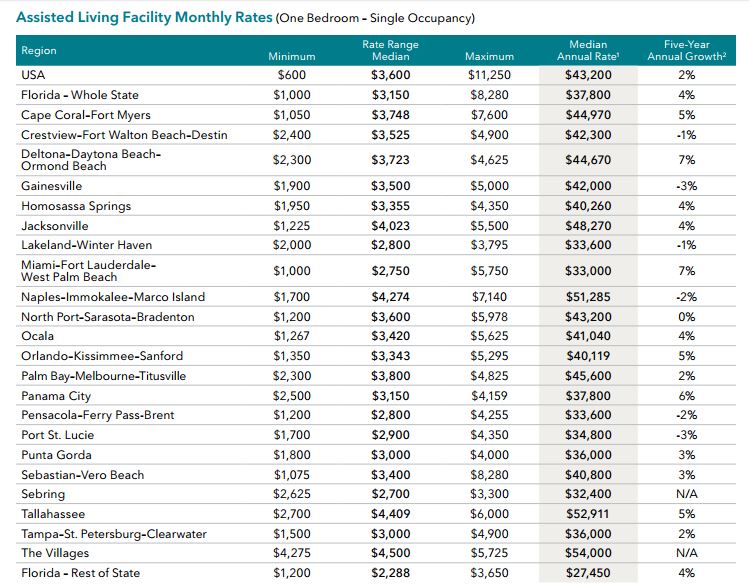
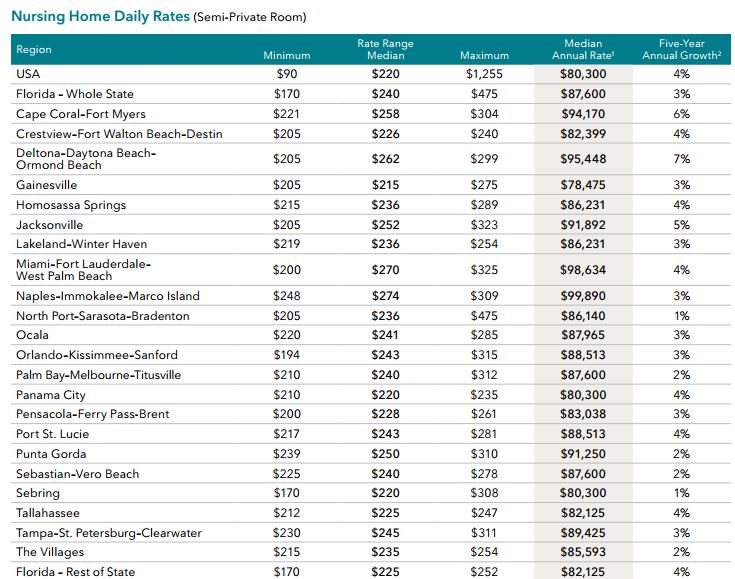

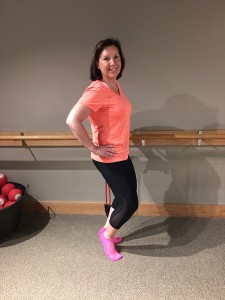

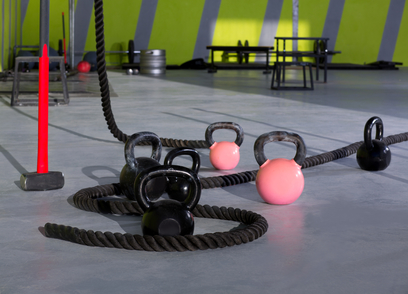
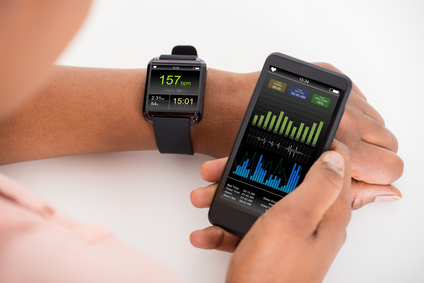

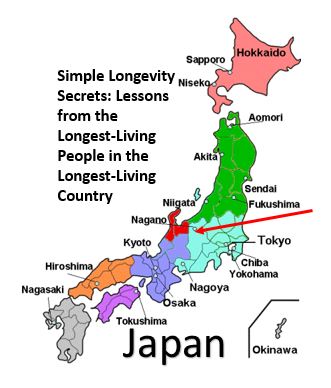
 Popular Downloads
Popular Downloads


 Get Our Newsletter!
Get Our Newsletter! Mission Statement
Mission Statement

